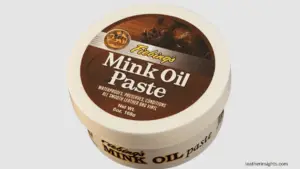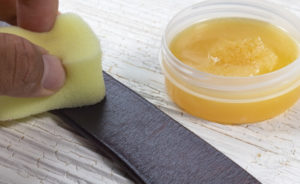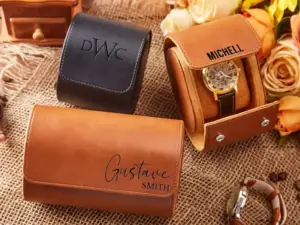Mastering the Art of Storing Leather: Best Practices and Tips
Storing leather correctly is essential for maintaining the quality and longevity of leather items. Whether you have a beloved leather jacket, a stylish pair of shoes, or a cherished handbag, proper storage steps are crucial in preserving their beauty and durability.
In this article, we will delve into the best practices and provide valuable tips for storing leather, ensuring that your valuable possessions remain in excellent condition for many years to come.
Cleaning and Conditioning Leather
Before storing leather items, it is crucial to clean and condition them properly.
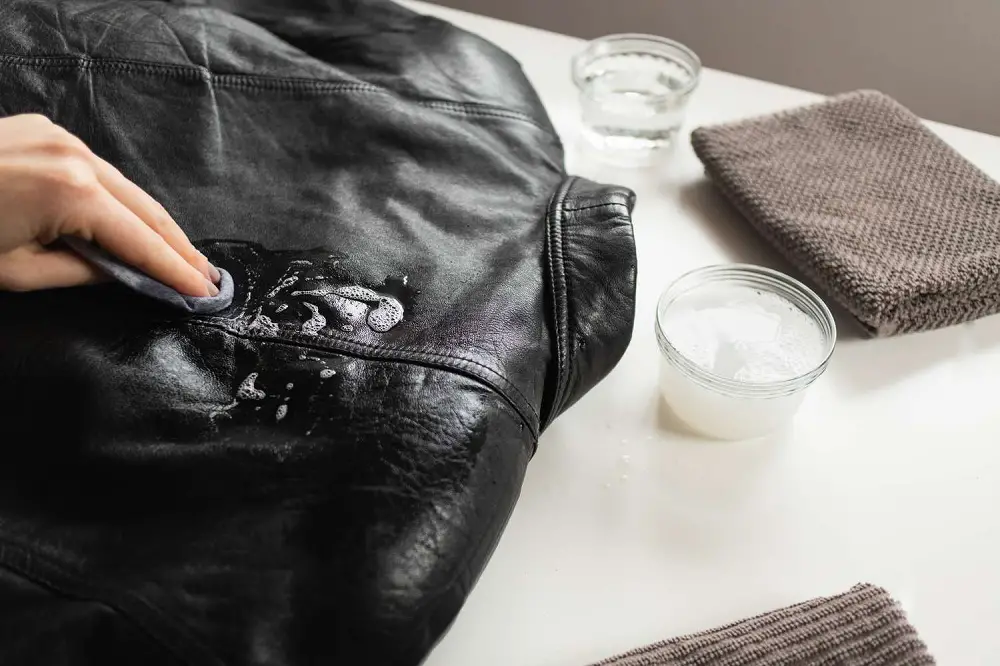
Start by removing any dirt, dust, or stains from the leather’s surface. Choose a mild leather cleaner or saddle soap that is suitable for the type of leather you are working with. Gently apply the cleaner using a soft cloth or sponge, following the product instructions.
Allow the leather to dry completely before proceeding. Once the leather is clean, apply a high-quality leather conditioner. Conditioning helps to replenish the natural oils and moisture that can be lost over time, preventing the leather from drying out and developing cracks.
Use a clean cloth to apply the conditioner in gentle, circular motions, covering the entire surface of the leather item. Allow the conditioner to be absorbed before moving on to storage.
Creating an Ideal Storage Environment
The storage environment plays a crucial role in maintaining leather quality. Choose a cool, dry place for storing leather items, away from direct sunlight, heat sources, and excessive humidity.
Fluctuations in temperature and high humidity levels can cause the leather to warp, fade, or even grow mold. Consider using a dehumidifier in the storage area or including moisture-absorbing products like silica gel packets.
These help maintain optimal humidity levels and protect the leather from moisture damage. However, be cautious not to let the storage area become too dry, as extremely low humidity can also be detrimental to leather.
Choosing the Right Storage Containers and Covers
When it comes to storing leather, it is essential to avoid using plastic bags or airtight containers. Plastic bags can trap moisture, leading to mold growth and unpleasant odors.
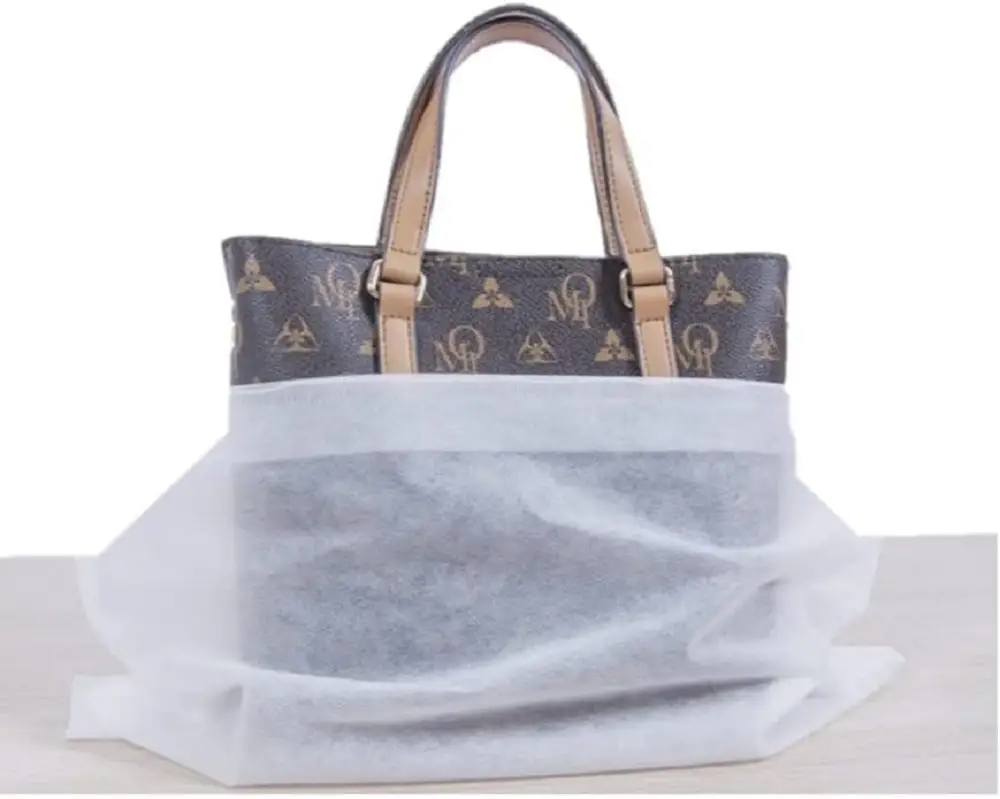
Instead, opt for breathable fabric or cotton dust bags that allow air circulation while protecting leather items from dust and dirt. Before placing leather items in storage containers or dust bags, wrap them in acid-free tissue paper.
This protective layer helps prevent any potential transfer of dyes or color from one item to another. Additionally, it provides an extra barrier against dust and keeps the leather item in optimal condition.
Maintaining the Shape of Leather Items
To ensure that leather items retain their shape during storage, it is crucial to use proper supports and padding. For leather jackets and coats, avoid hanging them on thin wire hangers, as they can cause stretching or distortion.
Instead, use padded hangers to support the shoulders and maintain the shape of the garment.
For leather shoes, stuff them with acid-free tissue paper to help them maintain their form and absorb any moisture. This prevents the shoes from developing creases or losing their shape while in storage.
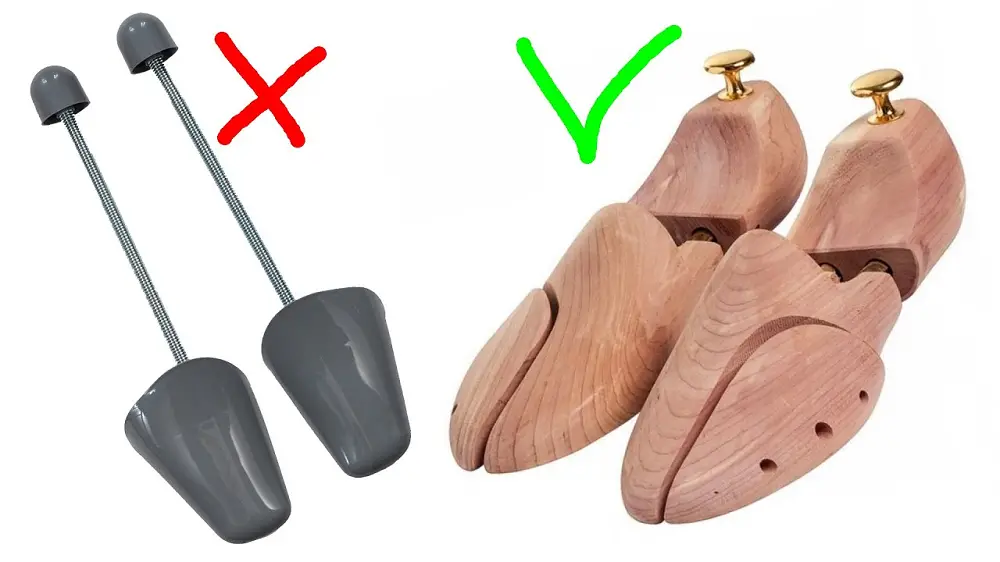
It is also essential to periodically rotate the stuffed tissue paper to ensure even absorption and ventilation.
Regular Inspection and Maintenance
Even during storage, leather items should be inspected periodically to detect any potential issues. Check for signs of mold, mildew, pests, or damage. If any problems are spotted, take immediate action to address them.
Gently brush off any dust or dirt that may have accumulated on the leather surface. Treat affected areas with appropriate leather cleaning and conditioning products. Prompt intervention helps prevent further damage and ensures that the leather remains in good condition.
Avoiding Excessive Weight and Pressure
When storing leather items, it is important to avoid stacking heavy items on top of each other. Excessive weight and pressure can cause unnecessary stress and deformations to the leather.
If storing multiple leather items, consider using separate storage containers or shelves to prevent them from crushing each other.
By distributing the weight evenly and allowing sufficient space between items, you can help preserve the integrity of the leather and prevent any unsightly deformities.
Specific Considerations for Storing Different Leather Items
Storing Leather Jackets
When it comes to storing leather jackets, follow the general guidelines mentioned earlier. Additionally, ensure that the jacket is clean and conditioned before storing it. Use a padded hanger to maintain its shape and prevent any stretching or distortion.
Cover the jacket with a breathable garment bag or cotton dust cover to protect it from dust and allow air circulation.
Storing Leather Shoes
To store leather shoes properly, clean and condition them as mentioned earlier. Stuff them with acid-free tissue paper to help maintain their shape and absorb moisture.
Place them in a shoe storage container or cloth bag to protect them from dust and keep them organized. Store them in a cool, dry place away from direct sunlight to prevent color fading.
Storing Leather Purses
Before storing a leather purse, clean it thoroughly and apply a leather conditioner to keep the material supple. Fill the bag with acid-free tissue paper or bubble wrap to help it retain its shape.
Store the purse in a dust bag or cloth cover to protect it from dust and scratches. Avoid hanging purses for an extended period as it can cause stretching of the handles or straps. Instead, store them flat or upright on a shelf.
Storing Leather Furniture
Leather furniture requires special care when it comes to storage. Before storing leather furniture, clean it with a leather cleaner and condition it to prevent drying and cracking. Remove any loose cushions or accessories.
Cover the furniture with breathable fabric or cotton sheets to protect it from dust while allowing air circulation. Keep the furniture in a cool, dry place away from direct sunlight or excessive humidity.
Storing Leather Furniture in Heat
Extreme heat can be damaging to leather furniture. Avoid storing leather furniture in areas exposed to high temperatures, such as near radiators, fireplaces, or direct sunlight.
Prolonged exposure to heat can cause the leather to dry out, fade, or even crack. Choose a storage location that remains relatively cool and stable in temperature.
Storing Leather Furniture in Cold
Leather furniture can also be affected by extremely cold temperatures. Avoid storing leather furniture in areas prone to freezing temperatures or drastic temperature fluctuations, such as unheated garages or attics.
Extreme cold can make the leather brittle and prone to cracking. If you must store leather furniture in a cold environment, consider using additional protection like blankets or covers to provide insulation.
Conclusion
Properly storing leather items is crucial for maintaining their quality and extending their lifespan.
By following the best practices and tips outlined in this article, such as cleaning and conditioning leather, creating an ideal storage environment, using the right storage containers and covers, maintaining the shape of leather items, and conducting regular inspections, you can ensure that your leather possessions remain in excellent condition.
With the proper care and attention, your leather items will continue to bring you joy and style for years to come.

